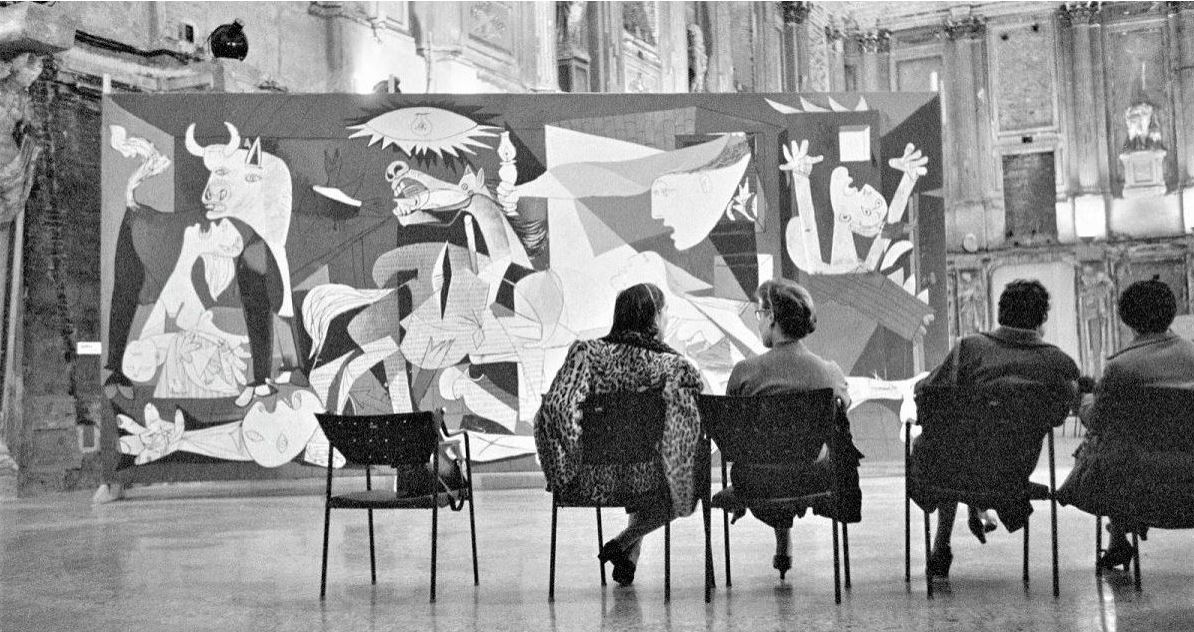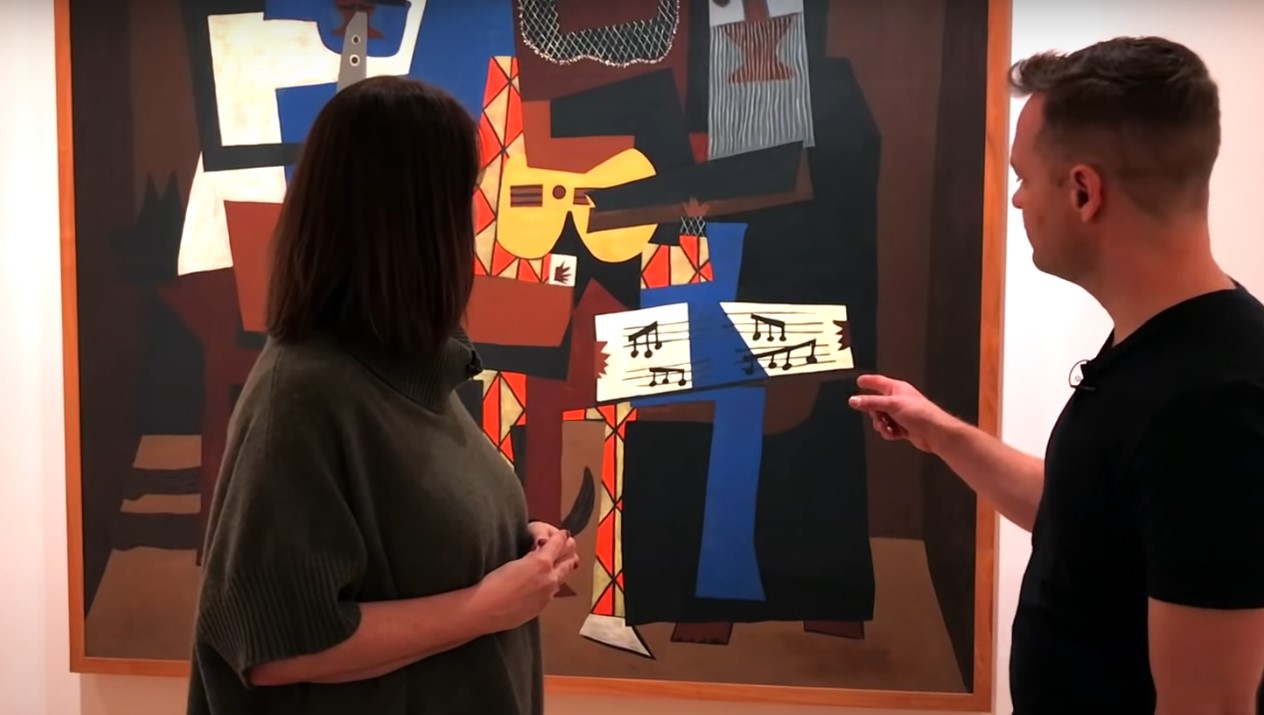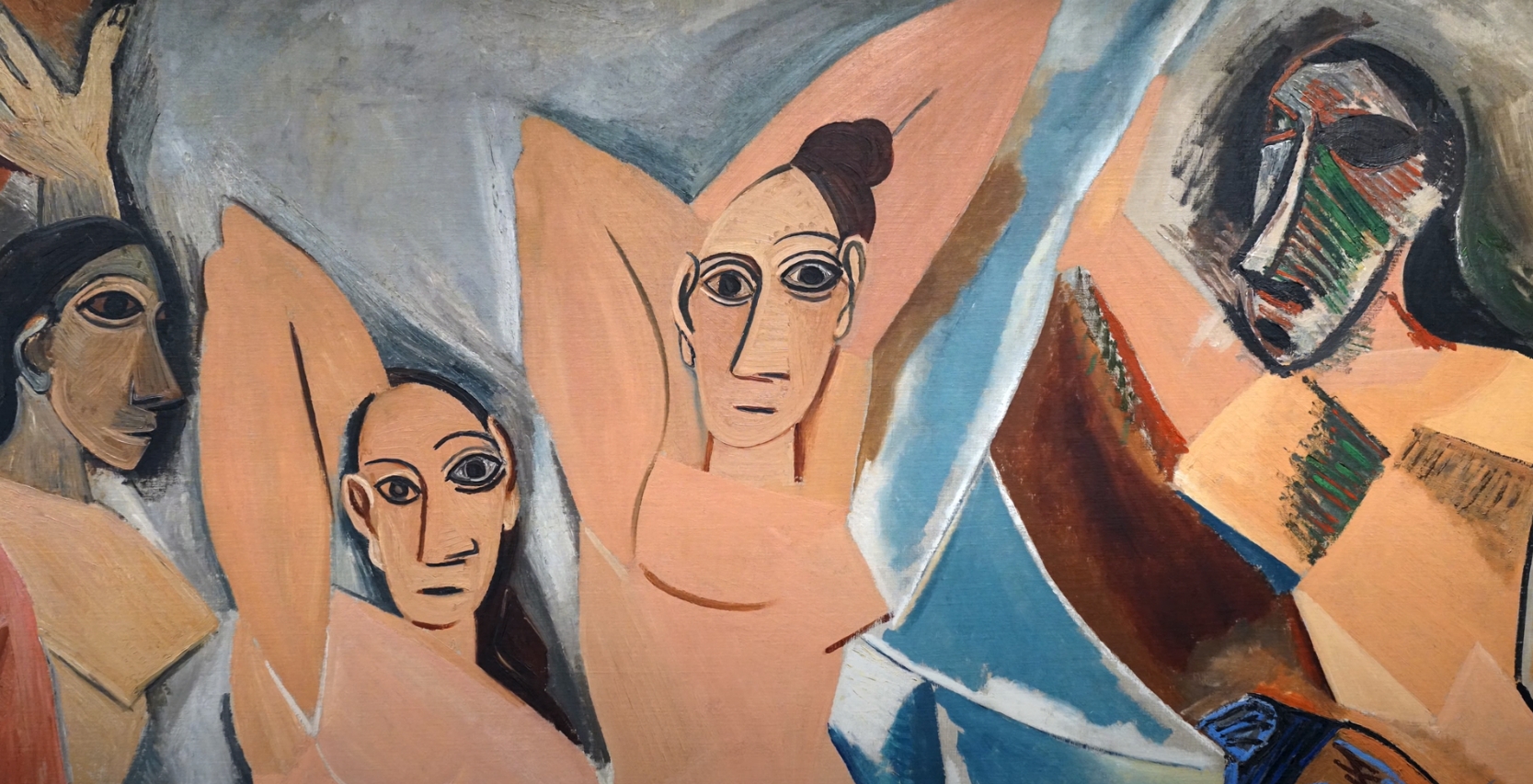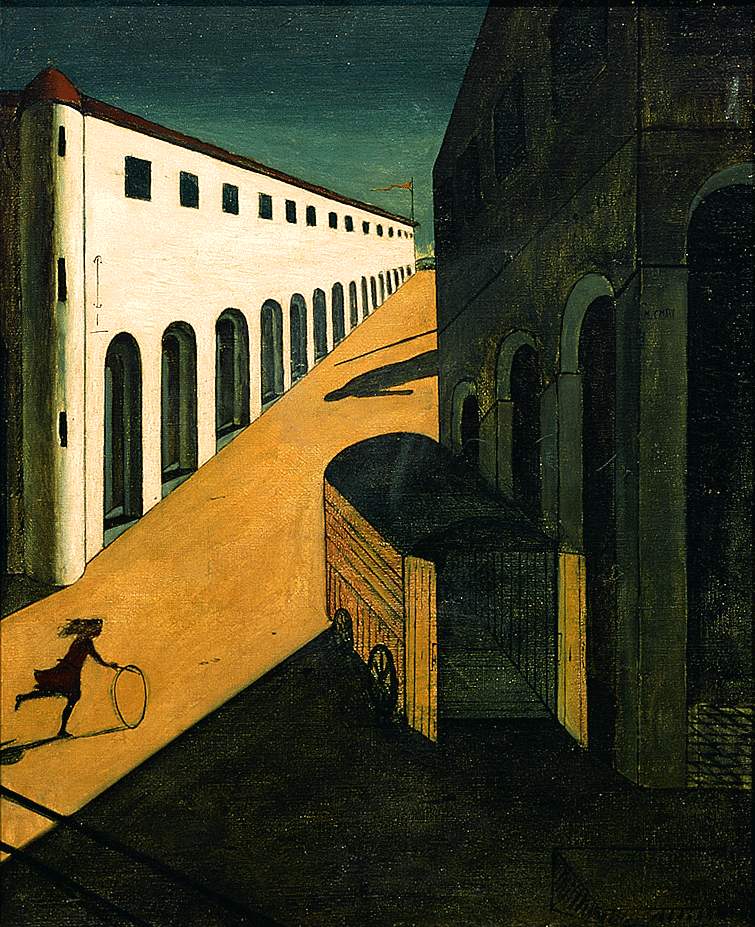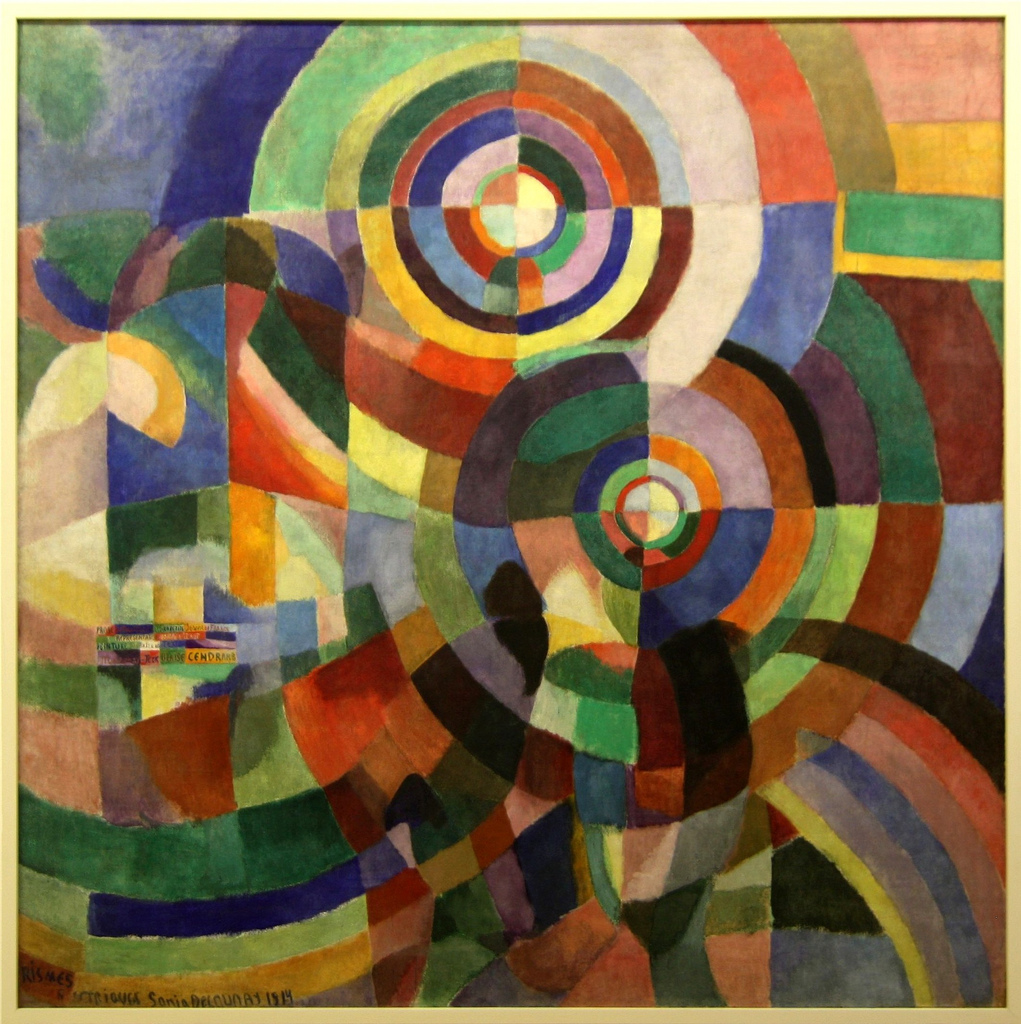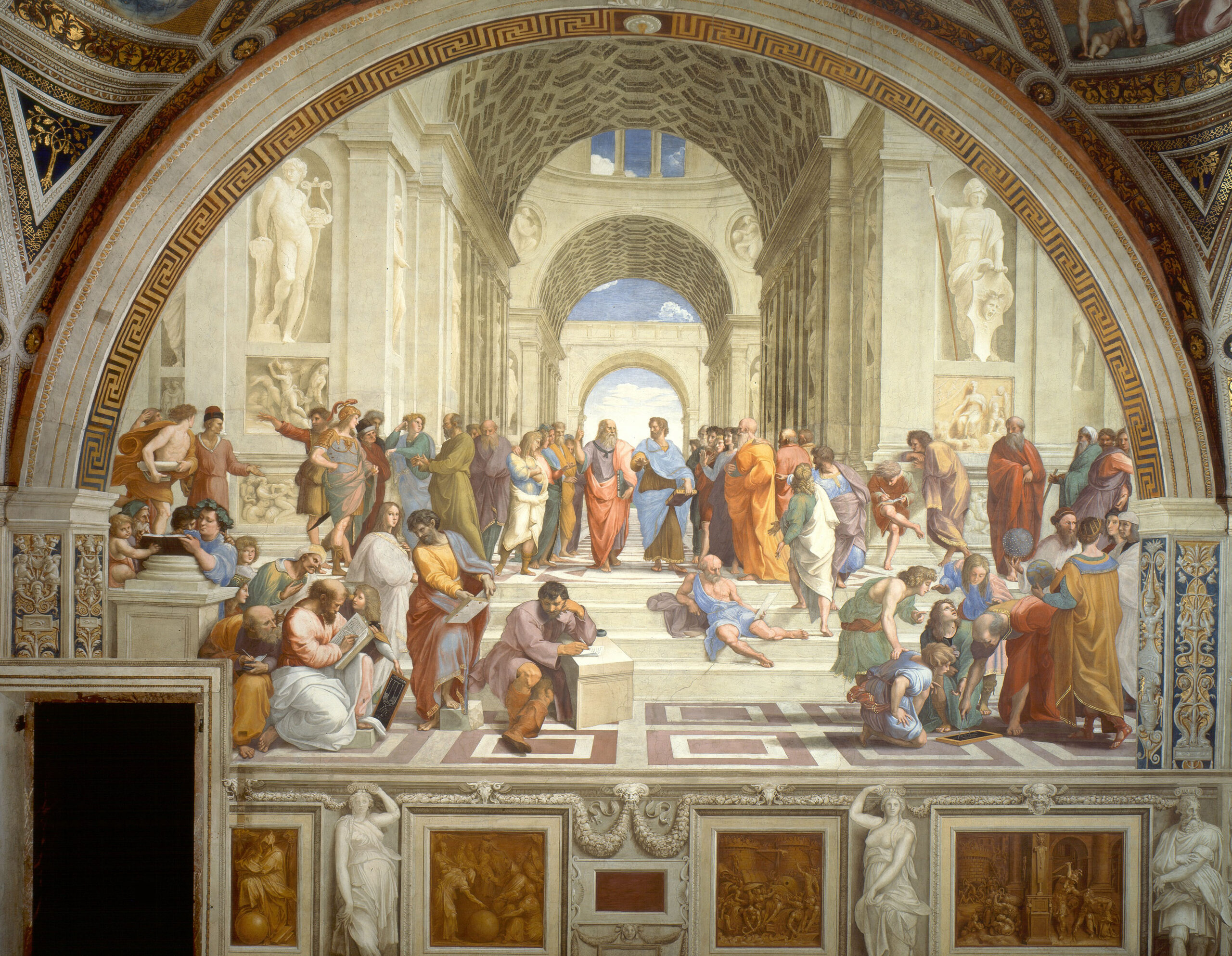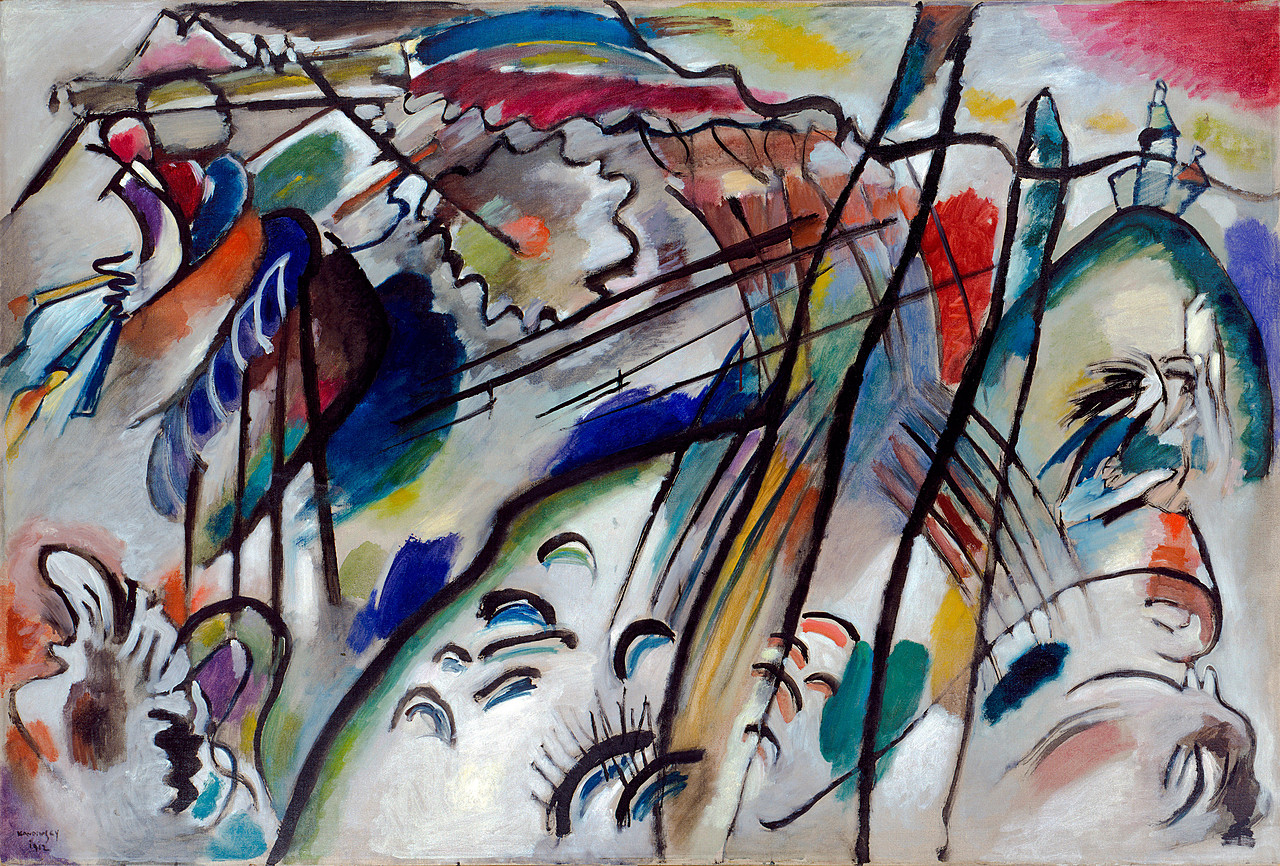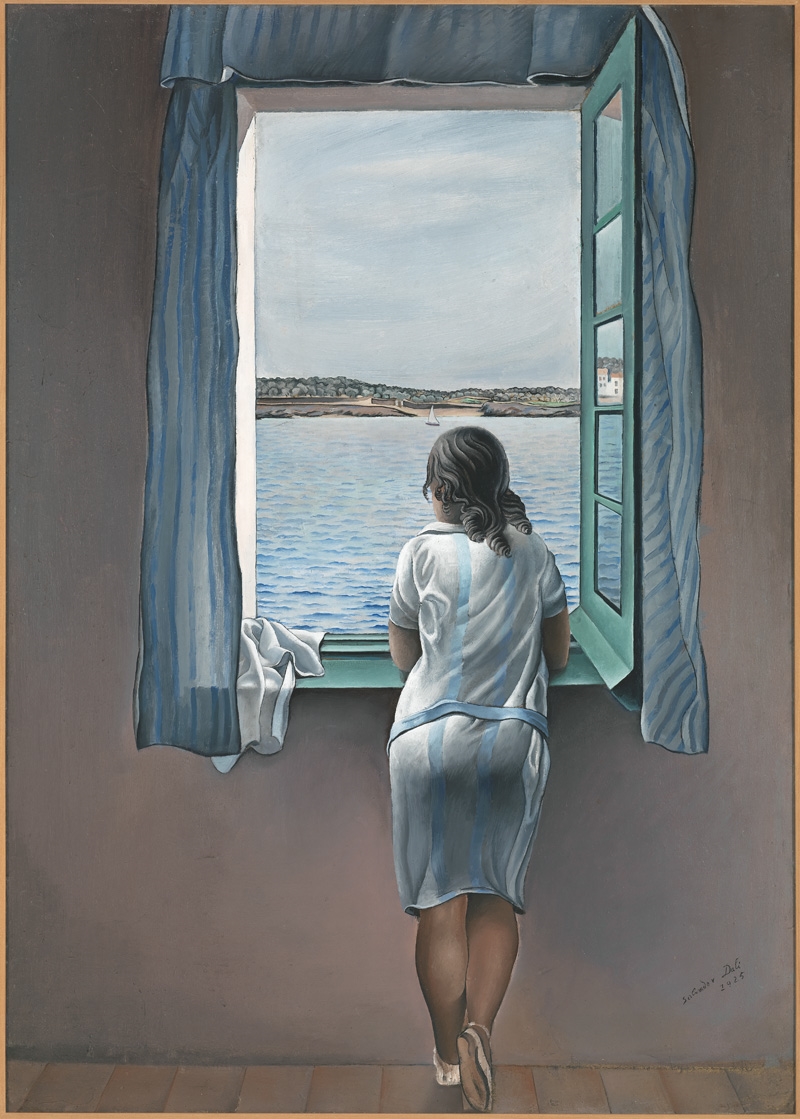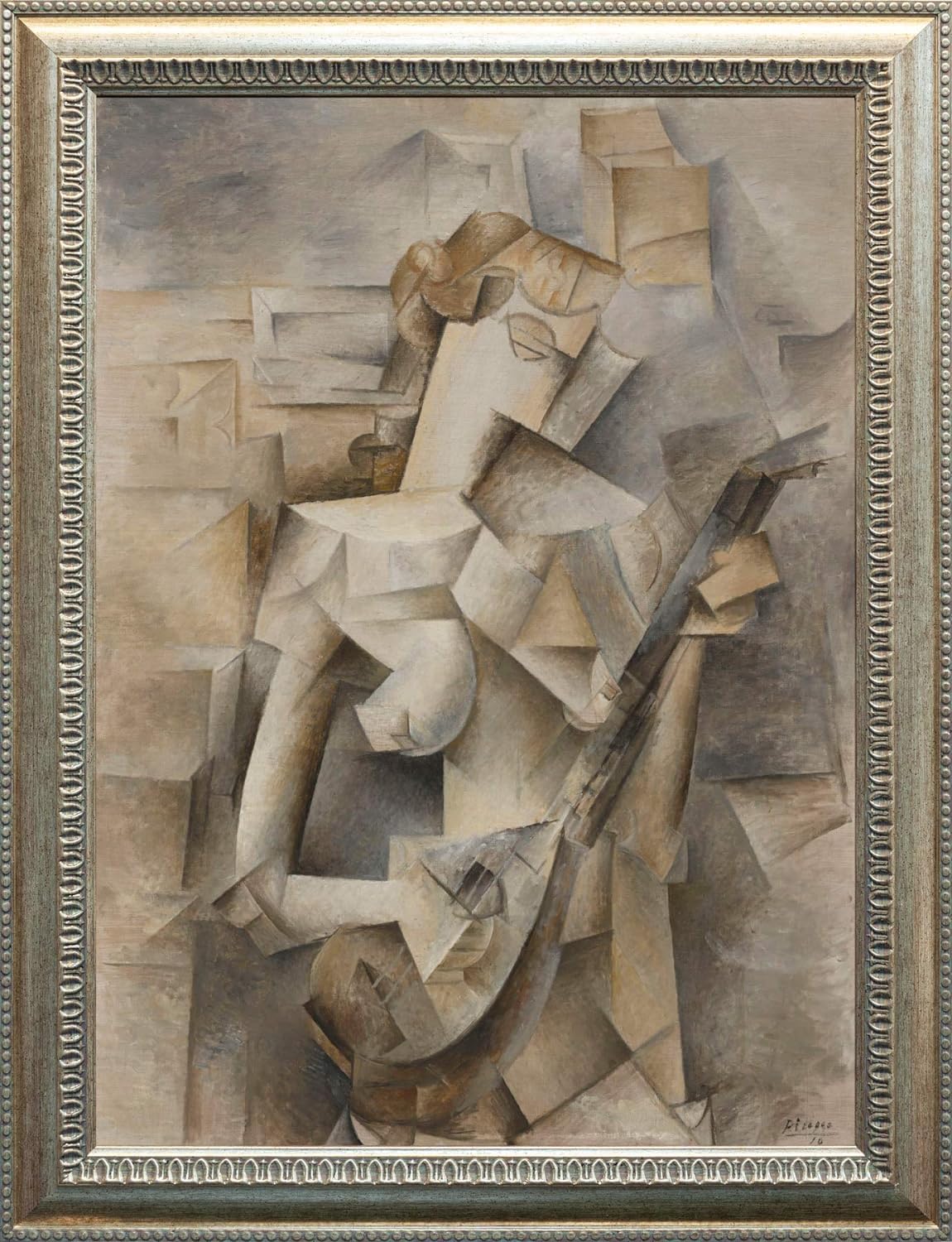Tabla de contenidos
- Girl With a Mandolin Picasso’s Artistic Transformation
- Cubism as a determining factor for Picasso and Girl With a Mandolin
- Girl with a Mandolin – Pablo Picasso
- Female nude the inspiration behind «Girl with a Mandolin»
- Colour analysis in Girl with a Mandolin
- Between Lines and Fragments, a creative game in Girl with a Mandolin
- Meaning and Interpretation of Girl with a Mandolin
Girl With a Mandolin Picasso’s Artistic Transformation
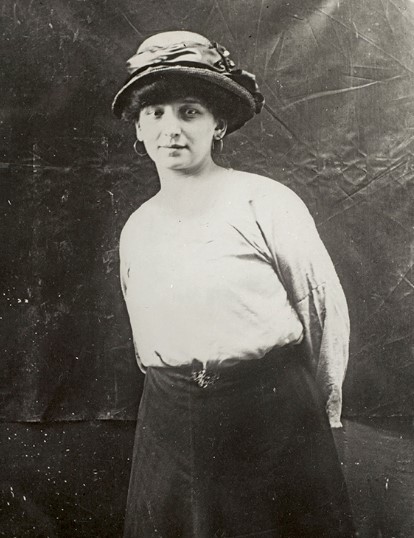
In the summer of 1910, while enjoying a holiday in Cadaqués with his first wife, Fernande Olivier (pictured left), Pablo Picasso created a work that would mark a milestone in his artistic evolution: Girl With a Mandolin.
In this period, Picasso underwent a significant transformation, moving away from the conventional figurative representations that characterised him in his early stages. «Girl With a Mandolin» reveals the Spanish master’s transition towards a more abstract and complex pictorial language, defying expectations by stripping his works of mere likeness without yet reaching total abstraction.
Let us analyse this fascinating chapter in Picasso’s career, where artistic evolution is intertwined with the charm of a summer in Cadaqués.
Cubism as a determining factor for Picasso and Girl With a Mandolin
Cubism, a revolutionary artistic movement that emerged around 1907, with the completion of Picasso’s «Ladies of Avignon» (Pictured right). This painting marked the beginning of Cubism, although the influences of Paul Cézanne‘s explorations of geometric simplification and optical phenomena also stand out.
Cubism represented a break with the Western artistic tradition, which was based on the imitation of nature and the idea of beauty. Instead of faithfully reproducing the superficial appearance of objects, the Cubists questioned their true nature, concluding that their essence lay in their form.
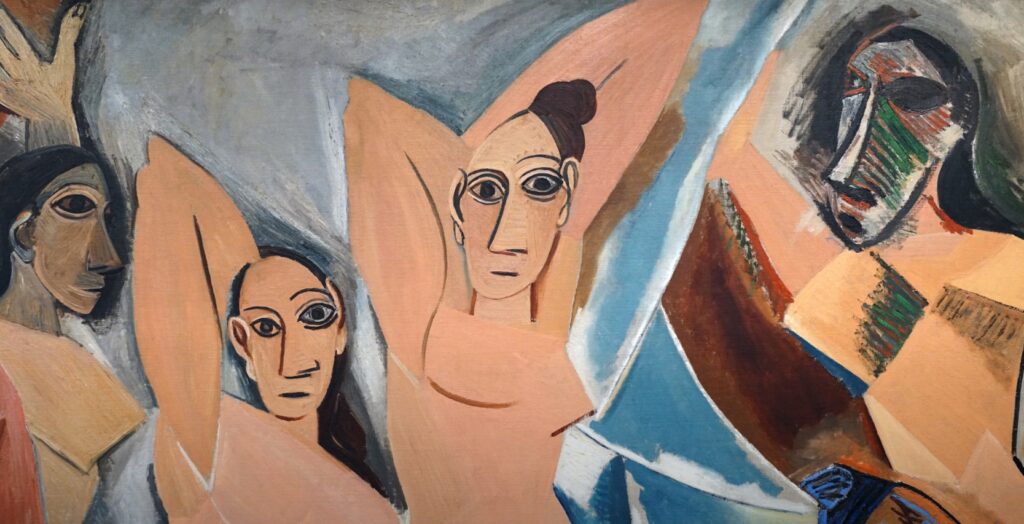
Analytical cubism and the 4th dimension in «Girl With a Mandolin»
Analytical Cubism, to which the work «Girl With a Mandolin» belongs, is characterised by analysing objects and breaking them down into different planes. This approach involves breaking figures down into geometric shapes and rearranging them as if they were a jigsaw puzzle. The representation of multiple points of view on a single plane seeks to suggest the fourth dimension, in time. Picasso’s analytical Cubism achieved lyrical-poetic results, in «Girl With a Mandolin» showing his mastery of this revolutionary artistic current.
The Interconnection of Picasso and Braque in Analytical Cubism
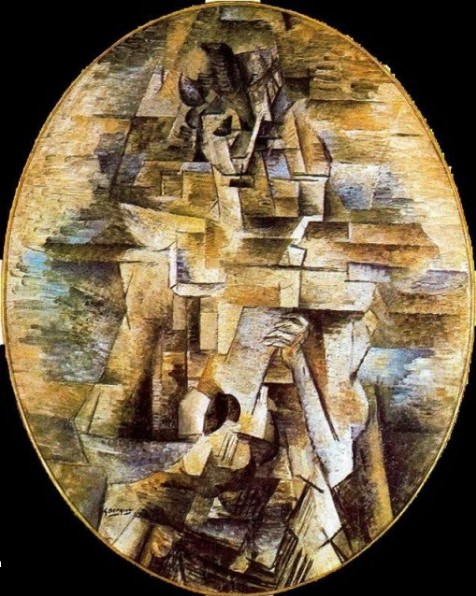
The intimate connection between Picasso and Braque is strikingly evident in the creation of Girl With a Mandolin. Picasso painted this work shortly after Braque introduced his first oval work, also entitled «Femme a la mandolin» (Photo at right) in Paris. This episode reveals a distinctive example of Analytical Cubism, which represents the starting point of Cubism, the first manifestation of this avant-garde movement.
The Evolution of a Painting in Synthetic Cubism
Picasso revisited the same subject from the perspective of synthetic cubism, which is characterised by images with wider planes and richer and more varied colouring. pictured left Picasso’s «Guitar and Mandolin», painted in 1924.
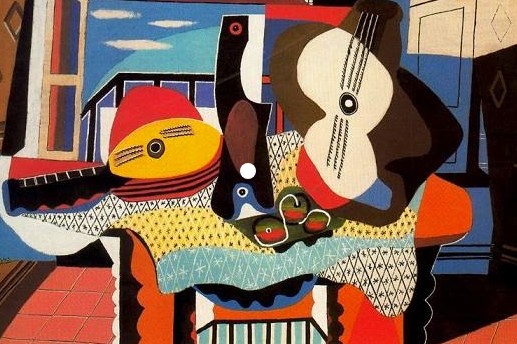
Girl with a Mandolin – Pablo Picasso
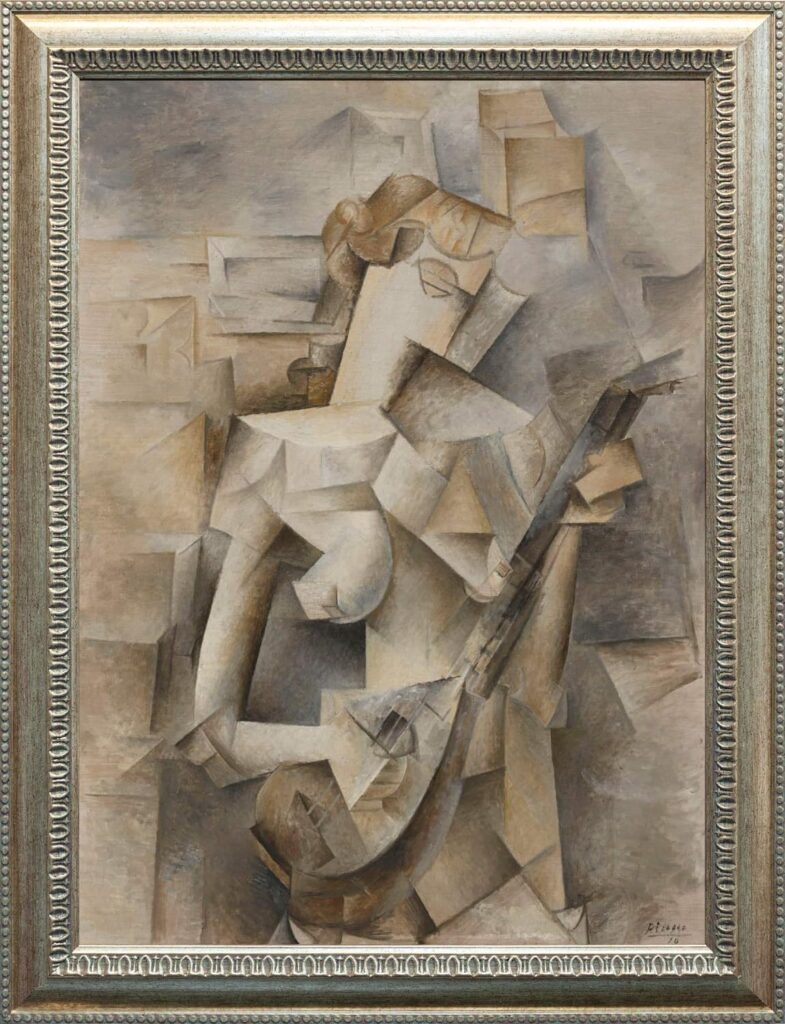
FULL DESCRIPTION:
Location: Museum of Modern Art, New York
Date: 1910
Movement: Cubist Modernism
Technique: Oil on Canvas
Female nude the inspiration behind «Girl with a Mandolin»
The painting is a portrait of Fanny Tellier, the person who inspired Picasso to create this work. This detail provides a personal and specific context, allowing a deeper understanding of the relationship between the artist and his muse. It is notable for its focus on depicting the figure from multiple perspectives, its emphasis on the essential and anecdotal, the symbolic choice of the mandolin as an instrument associated with the female body, and the identification of the sitter as Fanny Tellier, providing a personal and contextual link to the work.
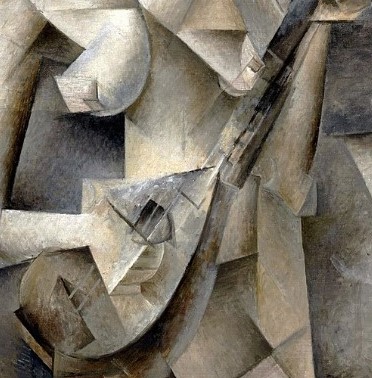
The instrument played by the naked woman is a mandolin, and it is mentioned that this choice is not accidental. Picasso associates the shape of the mandolin with the female body, suggesting a symbolic connection between the music emanating from the instrument and femininity.
Colour analysis in Girl with a Mandolin
- Yellows, ochres and greys: These colours are prominent in the work, suggesting a warm, earthy range. Yellows and ochres can evoke feelings of warmth, while greys can provide nuances and tonal variations.
- Brown and beige tones: The dominance of these tones suggests a more muted and softer palette. Browns can convey a sense of depth and stability, while beige brings a neutral quality and softens the overall palette.
- Blue-grey accents: The presence of blue-grey accents adds a touch of freshness to the predominantly warm palette. This colour could suggest cooler shades or hues, creating an interesting contrast to the warmer tones.
- Play of light and sense of plasticity: The emphasis is on form rather than colour and light. This can be interpreted as an emphasis on the structure and composition of the painting, where the arrangement of shapes and lines plays a crucial role. Is described «Girl with a Mandolin» as «plastic», suggesting that the work has a three-dimensional and structured quality. The juxtaposition of bluish-grey details with dark structural lines can create a play of light and shadow that contributes to this sense of plasticity.
Between Lines and Fragments, a creative game in Girl with a Mandolin
- Division of planes and visual frame: Thick black strokes divide the different planes of the painting, creating a framing effect around the female figure. This division suggests the image of the figure contained in a prism that opens into the darkness of the background, adding an element of depth and mystery.
- Position of the figure and central object: The female figure, seated and looking at the viewer while holding a mandolin, becomes the focal point of the composition. This central positioning highlights her importance in the work.
- Cuts and broken lines in green and yellow tones: The introduction of broken lines in green and yellow hues adds dynamism and structure to the picture planes. These cuts can be interpreted as elements that break the visual continuity, adding complexity to the composition.
- Hands in the foreground and peaceful feeling: Despite the decomposition of the forms, the hands, placed in the foreground, convey a peaceful feeling. This contrast between the extreme fragmentation and the serenity of the hands highlights Picasso’s ability to play with emotions and create visual tensions.
- Objectification of reality and moving away from internal subjectivism: Picasso seeks the total objectification of reality at this stage, moving away from the artist’s internal subjectivism. Instead of expressing his personal emotions, he focuses on shapes, colors and spatial arrangement as subjective elements in the creative process, highlighting his more objective and formalistic approach.
- Extreme fragmentation of form: Gives intrinsic value to the surface ornaments and takes the fragmentation of form to its extreme. The figure becomes almost unrecognizable, the mandolin being the only clearly identifiable element in the lower part of the composition.
- Decomposition of contours and interpenetrating geometric elements: Fragmentation is achieved by decomposing contours and internal drawing into interpenetrating geometric elements. This geometric approach contributes to the extreme abstraction of form and the transformation of visual reality into a more abstract and experimental expression.
Meaning and Interpretation of Girl with a Mandolin
Although the image presents significant challenges of interpretation and might be difficult to understand without the title, «Girl with a Mandolin» is not entirely without realism. Picasso did not seek to mimetically reproduce a woman holding a musical instrument, but to explore the objective nature of his subject. Despite the tendencies toward formal dissolution in the painting, the work unmistakably retains plasticity. Picasso focuses on the essence and objectivity of the figure, rather than its realistic representation.
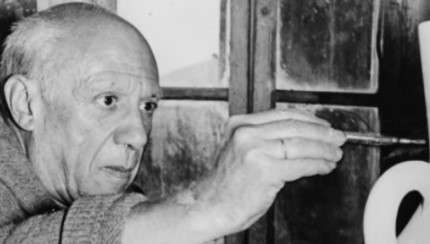
Other works by the artist:


